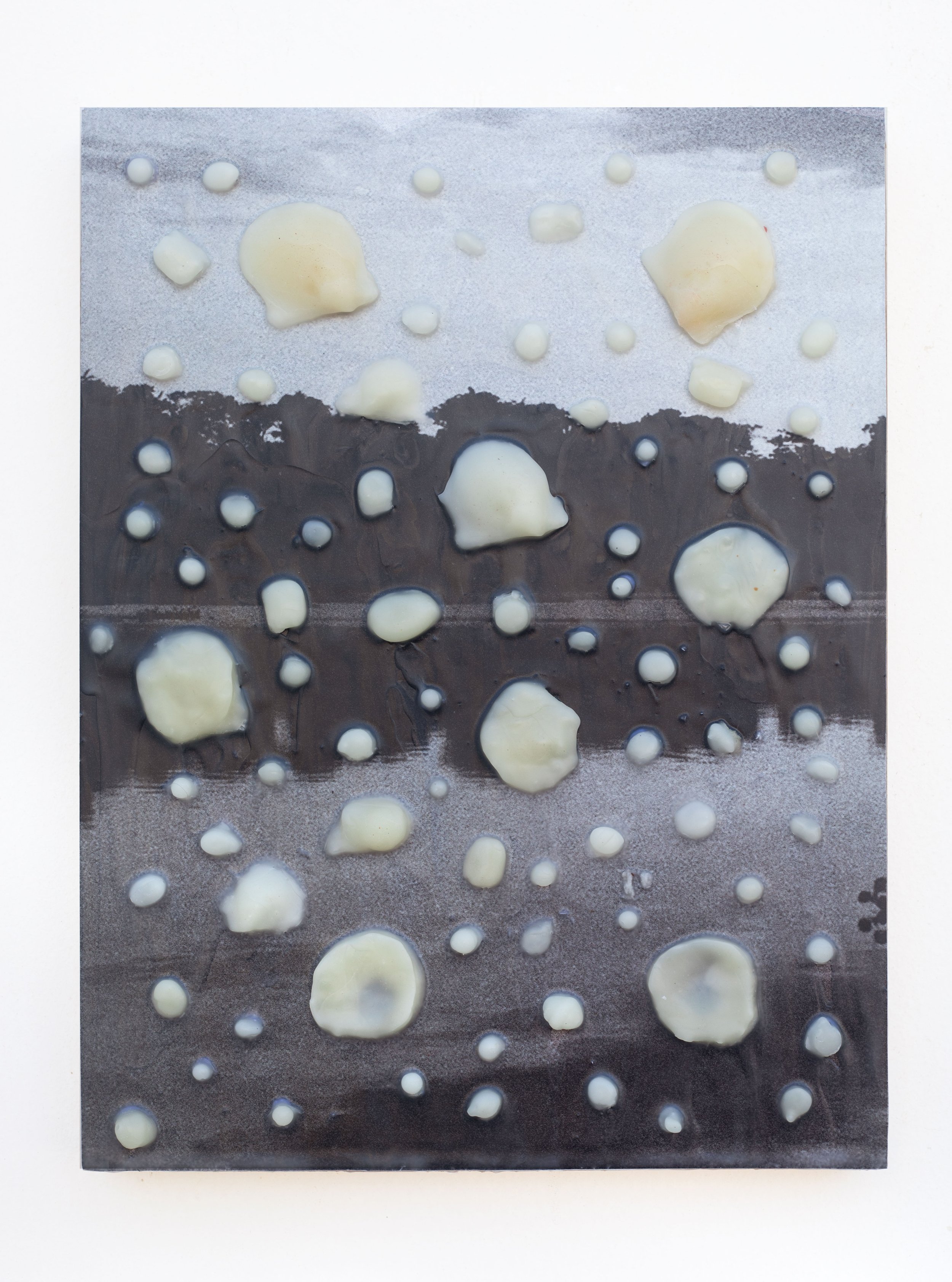
Elisa Bergel Melo
Born in Caracas, Venezuela in 1989, Elisa Bergel Melo is a visual artist deeply rooted in the discipline of photography. She attended the New England School of Photography in the United States and GrisArt in Spain, eventually earning her degree with a strong emphasis on photography from the Universidad Veritas in Costa Rica.
Bergel Melo's work is characterized by an earnest exploration of the inherent potentials latent within the photographic medium. Her thematic preoccupations traverse the realms of temporal and kinetic documentation, scrutinizing their metamorphosis through the lens of tautology. Concurrently, she probes the direct nexus between the photographic representation and reality, nuanced by an intricate interplay with memory – two forces converging within the visual composition.
She has participated in numerous exhibitions across the Americas, the Caribbean, and the United States. Notably, Bergel Melo featured prominently in the inaugural exhibition at the esteemed Kulturstiftung Basel H. Geiger in Basel, Switzerland.
Further contributing to her artistic growth, she has completed various international residency programs, most notably the SOMA Summer in 2016 in Mexico City.
She recently exhibited at the 20th edition of Zona Maco Foto in CDMX and with homework at MECA International Art Fair in Santo Domingo in 2024.
Bergel Melo currently lives and works in Santo Domingo, Dominican Republic.
works
-
Placeres del Caroní
A diptych photograph from the artist’s personal archive of the Caroní River, layered with molds of pearls and shells, all covered with a coating of beeswax. It reflects two key aspects of their current research, centered on the geographic and material relationships between the Paria Peninsula—where they grew up in Venezuela—the Orinoco and Caroní rivers, and Santo Domingo. Each of these locations holds a history that predates colonization and was radically transformed by extraction economies. The exploitation of pearls and gold, along with their export point in Santo Domingo, establishes a connection to the artist’s migratory experience, imagining a future landscape that proposes a sensuous interaction with the natural world.
A fundamental aspect of the artist’s work is exploring borders reshaped by human movement. The way migrant bodies navigate nature serves as a testament to an unrelenting quest for well-being. The artist’s personal journey intertwines with memory, creating seemingly impossible juxtapositions—such as the presence of pearls in the Caroní, where none exist. Through a symbolic reading of history, these juxtapositions allow the artist to recreate places they have never visited or cannot return to. These speculative exercises offer a form of personal solace. The use of beeswax in their work symbolizes water, represented in a more stable and permanent way.
-

Placeres del Caroní (2024)
Diptych: Inkjet photo print with beeswax
Each panel: 22" x 32"
-

Placeres del Caroní (2024)
Diptych: Inkjet photo print with beeswax
Each panel: 22" x 32"


